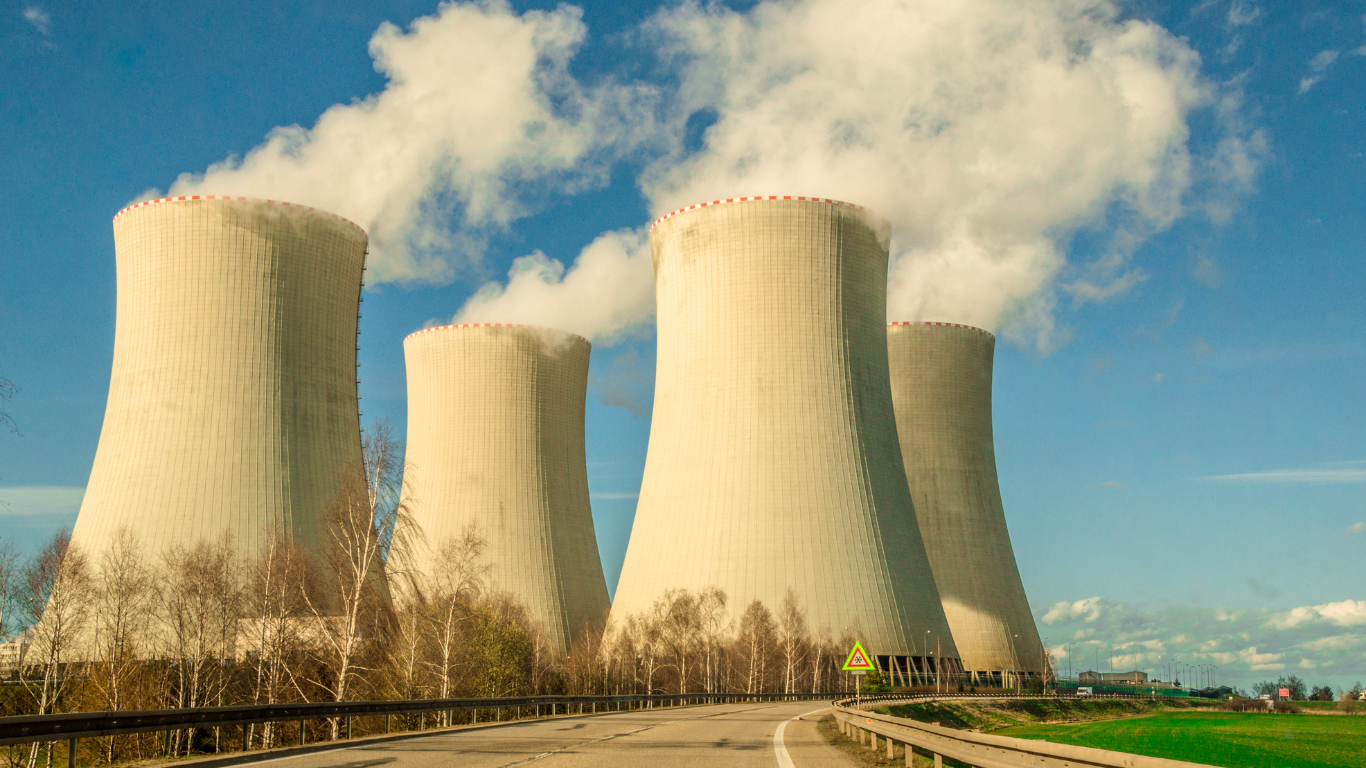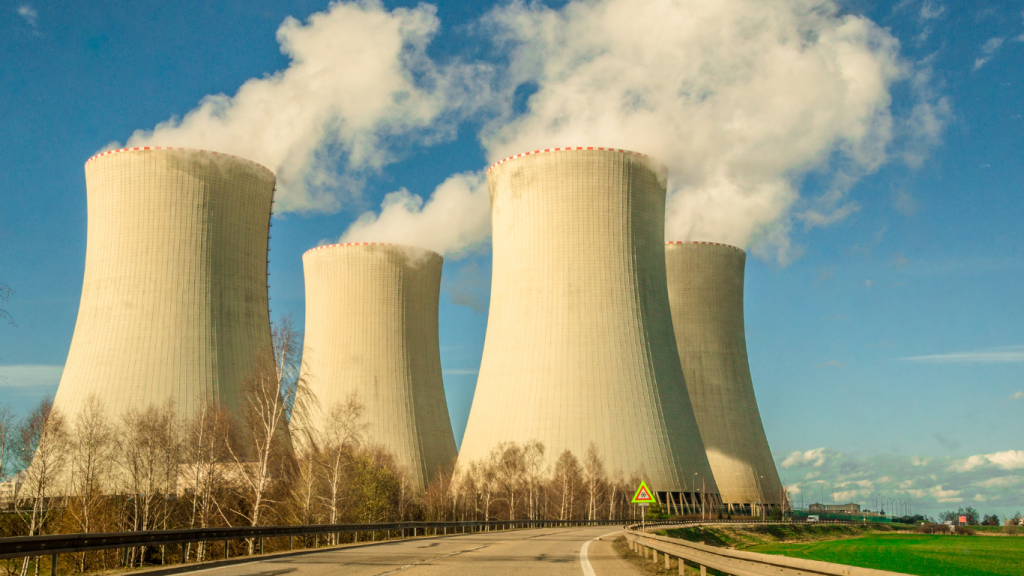

“Following the partial construction of the 4GW reactor at the Mersin Akkuyu nuclear power plant, news is circulating that a new tender will be awarded to the Russian Rosatom for the construction of Türkiye’s second nuclear power plant in Sinop.”
Following the partial construction of the 4GW reactor at the Mersin Akkuyu nuclear power plant, news is circulating that a new tender will be awarded to the Russian Rosatom for the construction of Türkiye’s second nuclear power plant in Sinop.
Giving the green light to a new nuclear project, which will cost another 25 billion dollars, if the news is true, does not seem to be a wise decision at this stage, without implementing the first one and seeing what problems may arise in the operation, while also there are financing problems.
It seems that the source of the latest news that broke out before Putin’s upcoming visit to Türkiye is the Russians, but there is no official confirmation or denial from Türkiye on this issue yet.
So, the ball is now in the middle because I know that after the Japanese-French partnership was withdrawn, both the Chinese and the Koreans showed interest in the Sinop project if concessions similar to those given to Rosatom in Mersin Akkuyu could possibly be put on the table.
Stay away from the “White Elephant” projects
Without looking at nuclear energy through black-and-white glasses, I believe that Türkiye should continue reducing its excessive dependence on fossil fuels and turn to renewable energy, and in this context, nuclear energy should be included in the energy equation to provide at least 10 percent of the energy supply (more or less same as the world average).
However, I also believe that advances in technology and the increasing cost burden will lead us not to gigantic nuclear projects worth 25-30 billion dollars, which we call the “White Elephants”, but to 500-700 MW, relatively high capacity, efficiency small and medium-sized modular (SMR) nuclear power plant projects.
Sanford Henry, a senior partner at the London-based Global Resources Partners, and an expert on nuclear projects funds, told me that SMRs contribute to carbon emissions and companies such as GE, Hitachi and Rolls Royce look positively at joint ventures with countries like Türkiye. He also adds that it might be more convenient from the vantage point of cost-cutting and waste management.
If you ask me, it is debatable how correct it would be to put Türkiye in the same position in nuclear energy as its excessive dependence on Russia for natural gas. Keep in mind that this will likely have serious energy (and national) security consequences for decades to come.
Uranium prices are rising
The acceleration of the transition to nuclear energy worldwide, especially in dynamic developing economies such as China, the Middle East and South Asia, and the prospects of building more nuclear power plants in the future, have quadrupled the prices of uranium used in these power plants over the past four years.
The uranium market, like all commodity markets, has a history of change due to the influence of traditional supply and demand forces as well as geopolitical pressures.
While the uranium spot price was at its peak during the nuclear renaissance in 2007, it significantly declined after the 2011 Fukushima disaster. Uranium companies around the world reduced their capacity, and some closed. Now it is reviving as demand increases with prices reaching more than $100 per pound.
While historically uranium was mined in Australia and Canada, today Kazakhstan, Namibia, Niger and Uzbekistan are among the leading countries in world uranium production. Kazakhstan is a world leader.
Total discovered and proven uranium resources are sufficient to meet current needs for at least more than a century. Physicist Bernard Cohen goes further and argues that the world’s supply of uranium is virtually inexhaustible and can therefore be considered a form of renewable energy.
The future of nuclear energy is bright
In discussions within the EU, France, a significant part of whose energy comes from nuclear energy, also shares the same view. It is also believed that fast breeder reactors fed with naturally regenerating uranium obtained from seawater can provide energy at least as long as the sun’s expected five-billion-year lifespan.
The first commercial nuclear power plants began operating in the 1950s. Nowadays, most of them have become unusable, but new ones are being built at a faster pace.
Civilian nuclear energy now has more than 20,000 reactor years of experience. Nuclear energy currently provides about 10 percent of the world’s electricity from approximately 440 power reactors. About a quarter of the world’s low-carbon electricity comes from nuclear.
Nuclear power plants operate in 31 countries worldwide (plus Taiwan).
In 2022, 13 countries produced at least a quarter of their electricity from nuclear. While France gets more than half of its electricity from nuclear energy, the US, Ukraine, Slovakia, Belgium and Hungary obtain a significant portion of their energy from nuclear reactors. Japan relied on nuclear power for more than a quarter of its electricity and, in the post-Fukushima era, is expected to approach that level in the coming period.
Other uses of nuclear
Many countries, especially Europe, are also partially dependent on nuclear energy through regional transmission networks.
When the commercial nuclear industry began in the 1960s, there were clear boundaries between Eastern and Western industries.
Today, although the nuclear industry maintains its strategic importance, it is subject to international trade. Today, the components of a reactor under construction in Asia are supplied from South Korea, Canada, Japan, France, Germany, Russia and other countries.
Similarly, uranium from Australia or Namibia could go to a reactor in the UAE, be converted in France, enriched in the Netherlands, produced in South Korea without being converted in the UK.
Most of the uranium obtained from mining is used as fuel in nuclear power plants. However, nuclear technology has uses that extend far beyond providing low-scale energy. It also helps control the spread of diseases and guides doctors in medical diagnosis and treatment. These diverse uses place nuclear technologies at the centre of the world’s efforts to achieve sustainable development.
We should also mention that it supports ambitious space and defence industry projects. Of course, it is also the apple of the eye for nuclear weapons manufacturers.
What should we do?
If we are determined to go forward in nuclear energy, here are some suggestions that spring to mind:
- The Mersin Akkuyu project, which is completely under Rosatom control due to excessive dependence in terms of financing, nuclear experience/technology, human capital, fuel supply and waste management, should be reviewed (in the light of changing world dynamics despite strict contractual provisions), and local content contribution should be increased beyond mere construction. It is also essential to adopt the latest technology and best practices while forging at the same time some cost-cutting innovation and domestic solutions.
- For the Sinop project, it is essential to re-engage with Korean, Chinese, Japanese and Western companies, as well as Rosatom, based on a win-win formula. Small and medium-sized SMR projects should be given priority.
- A convincing response should be given to price and the public’s risk perception on preparedness for possible accidents, environmental impact and waste management.
- Türkiye must collaborate closely with the global watchdog organizations of which it is a member, including the International Atomic Energy Agency in Vienna and the Nuclear Energy Agency in Paris.
- In addition to the civilian use of nuclear, a parallel work stream should be carried out on the defence industry and other military applications.
- As uranium and other critical mineral prices will most likely ncrease in the coming period, strategic reserves should be created in the country and JV or equity investments should be considered in resource-friendly countries.
- Most importantly, Türkiye needs to enrich its vast human capital in this field, increase the quality and effectiveness of nuclear industry regulation and management, and establish a non-partisan strategy and institutional structure that will not change from government to government.


